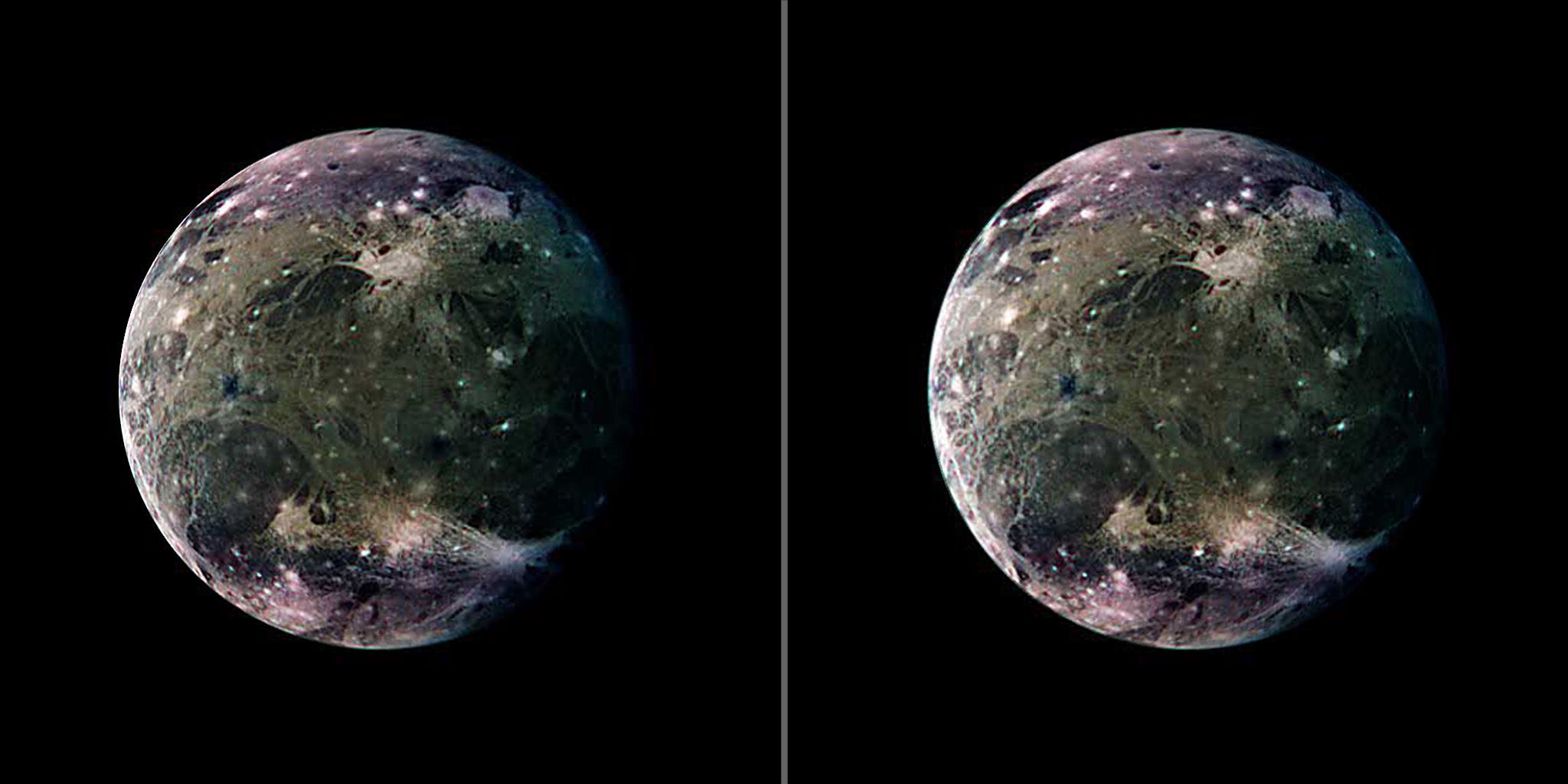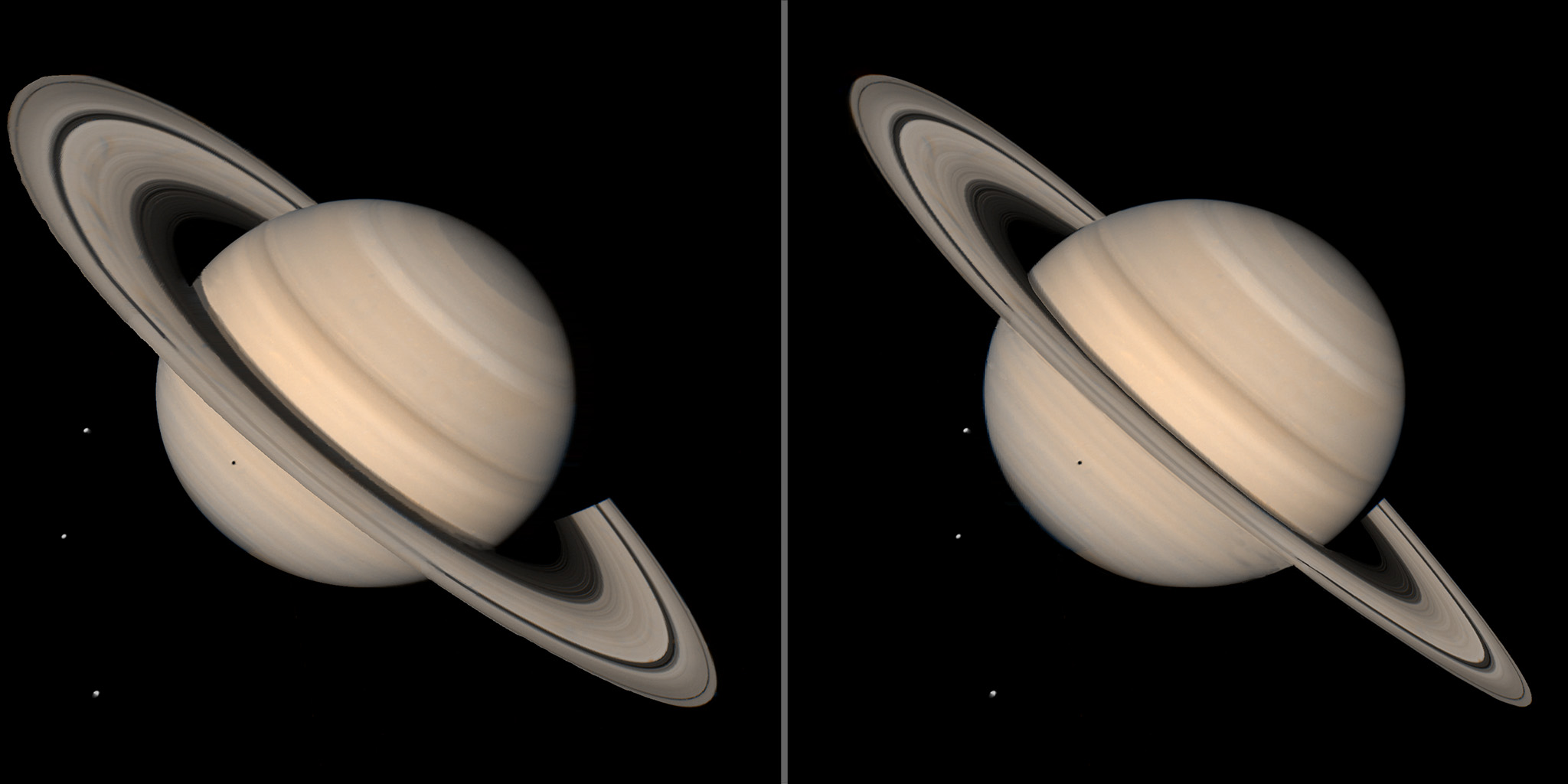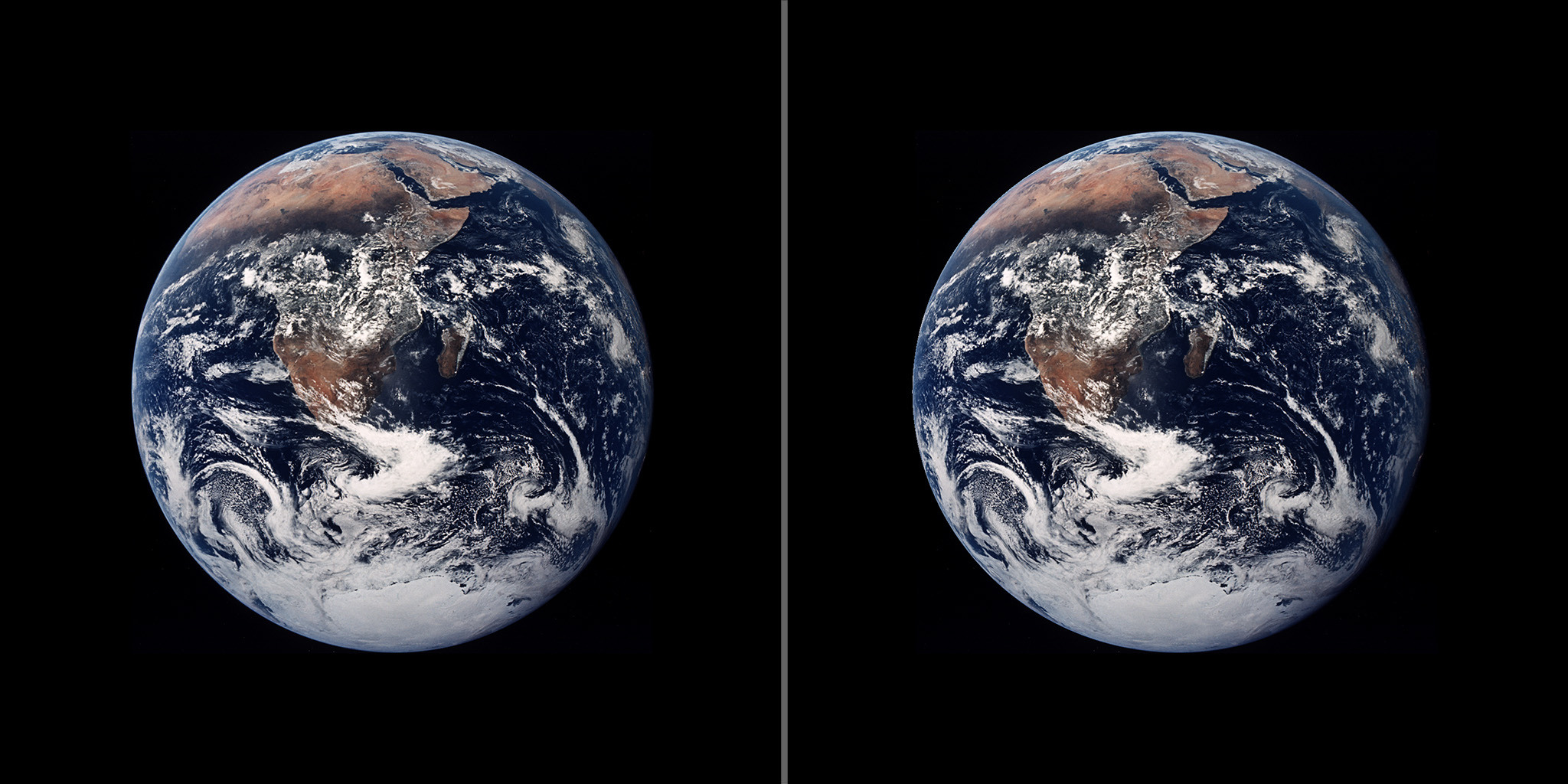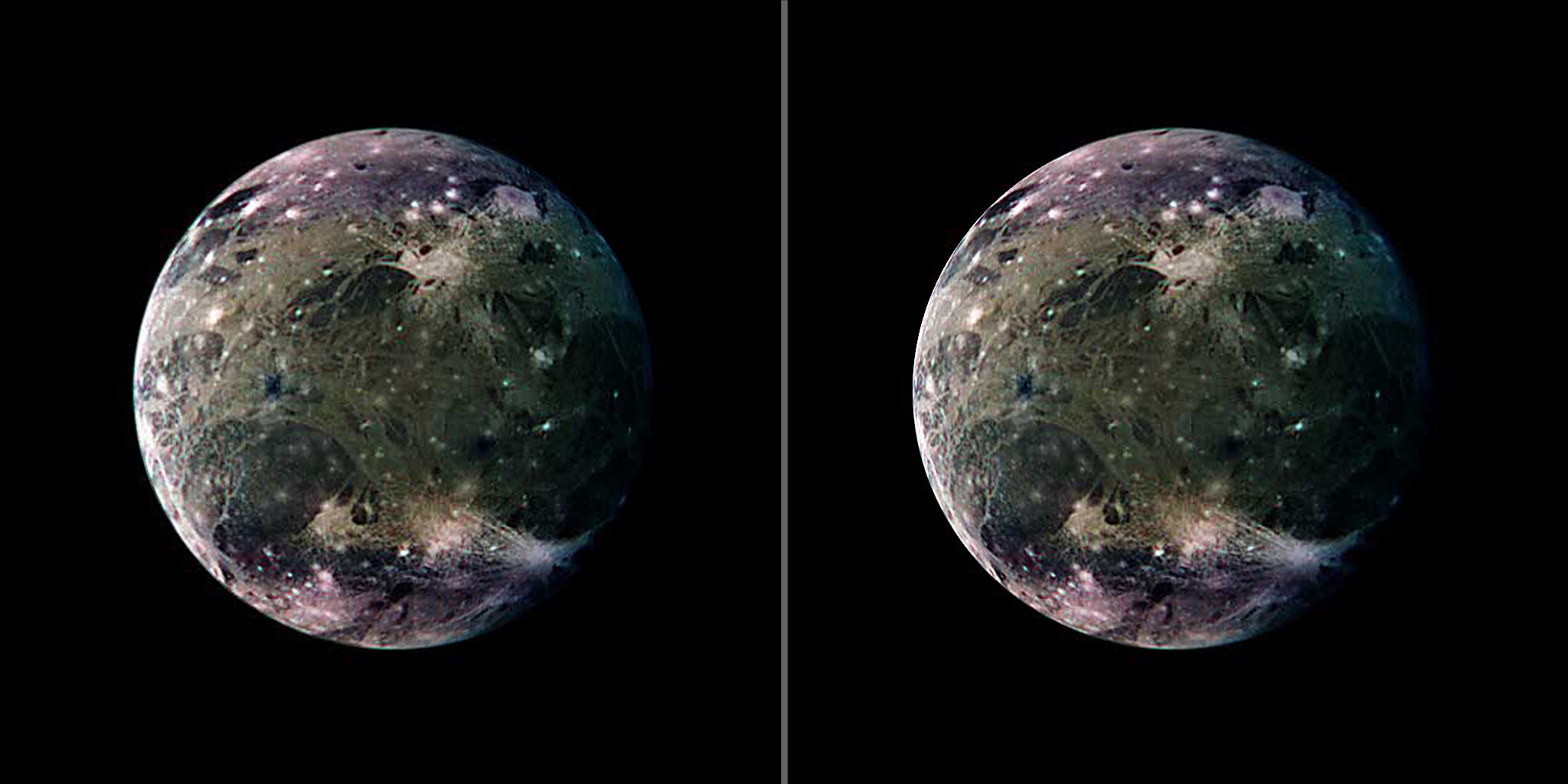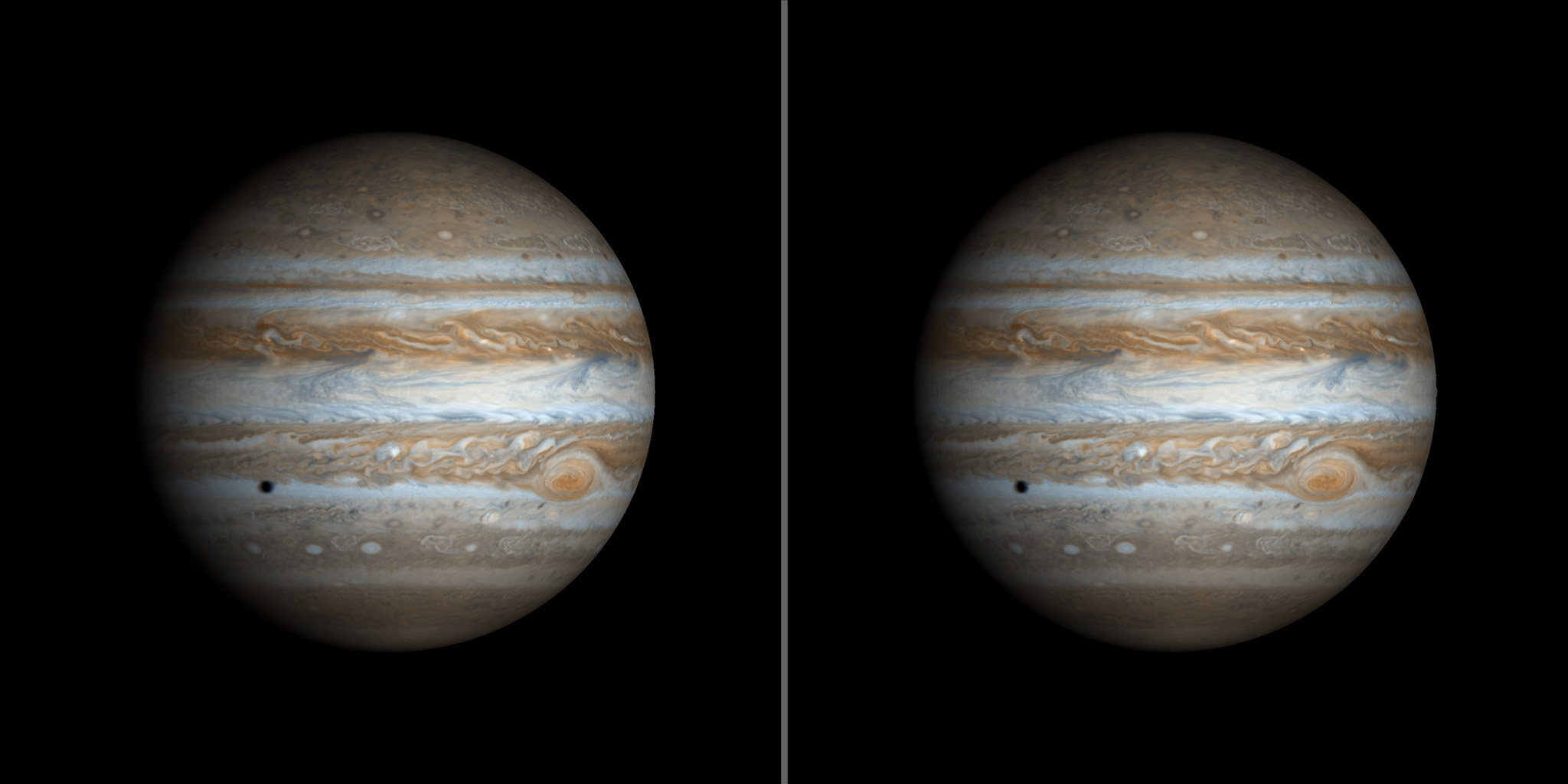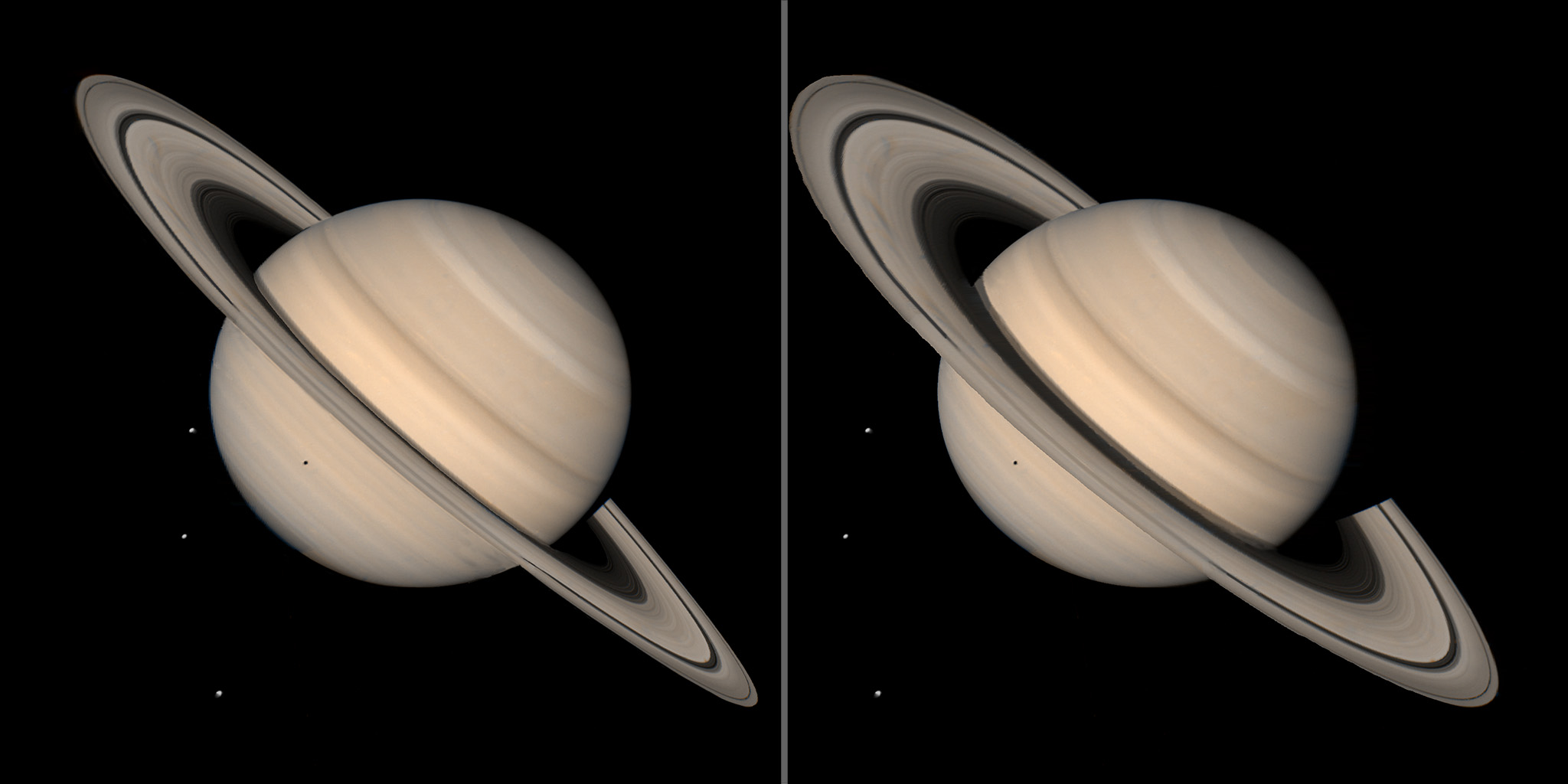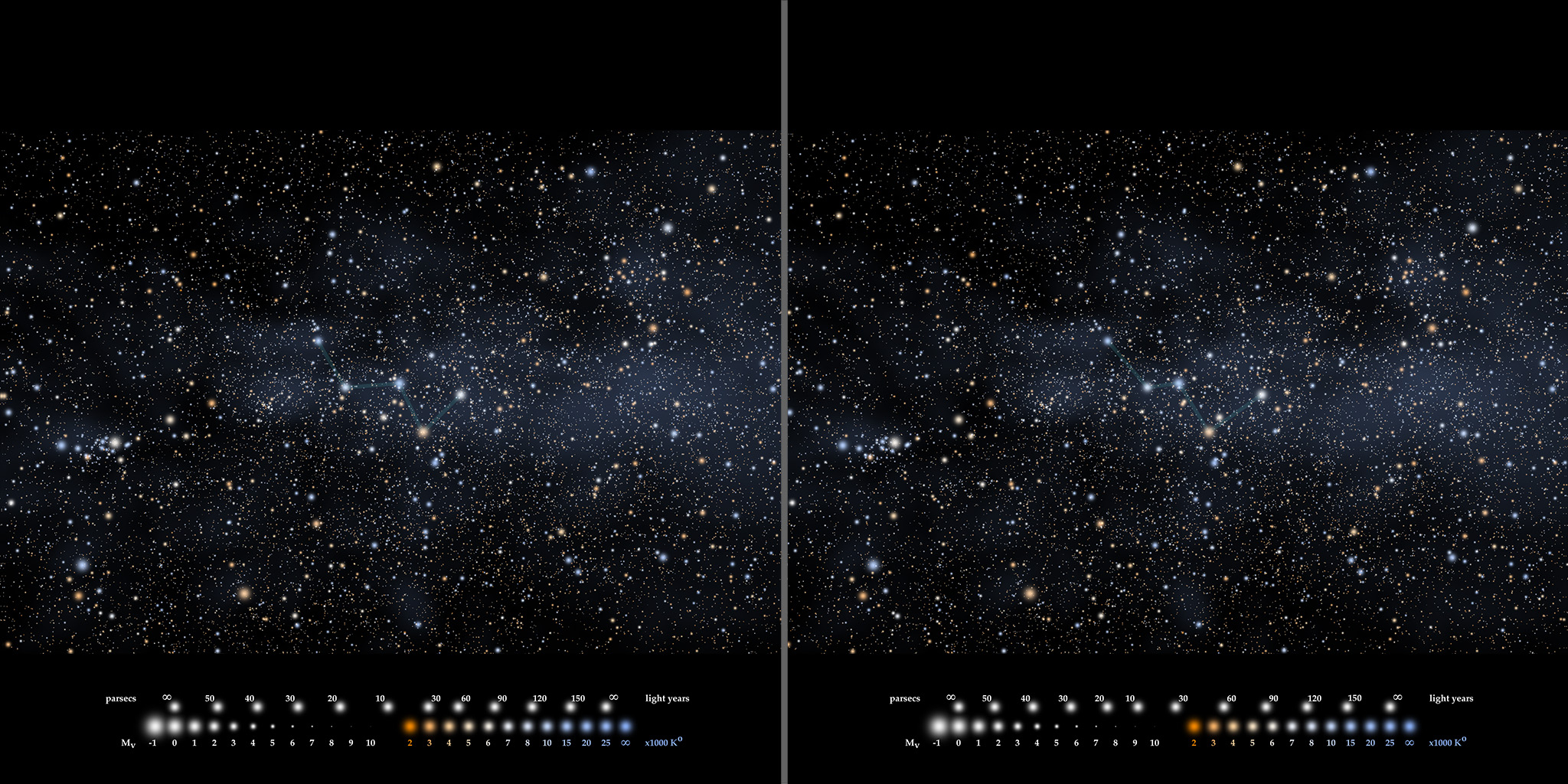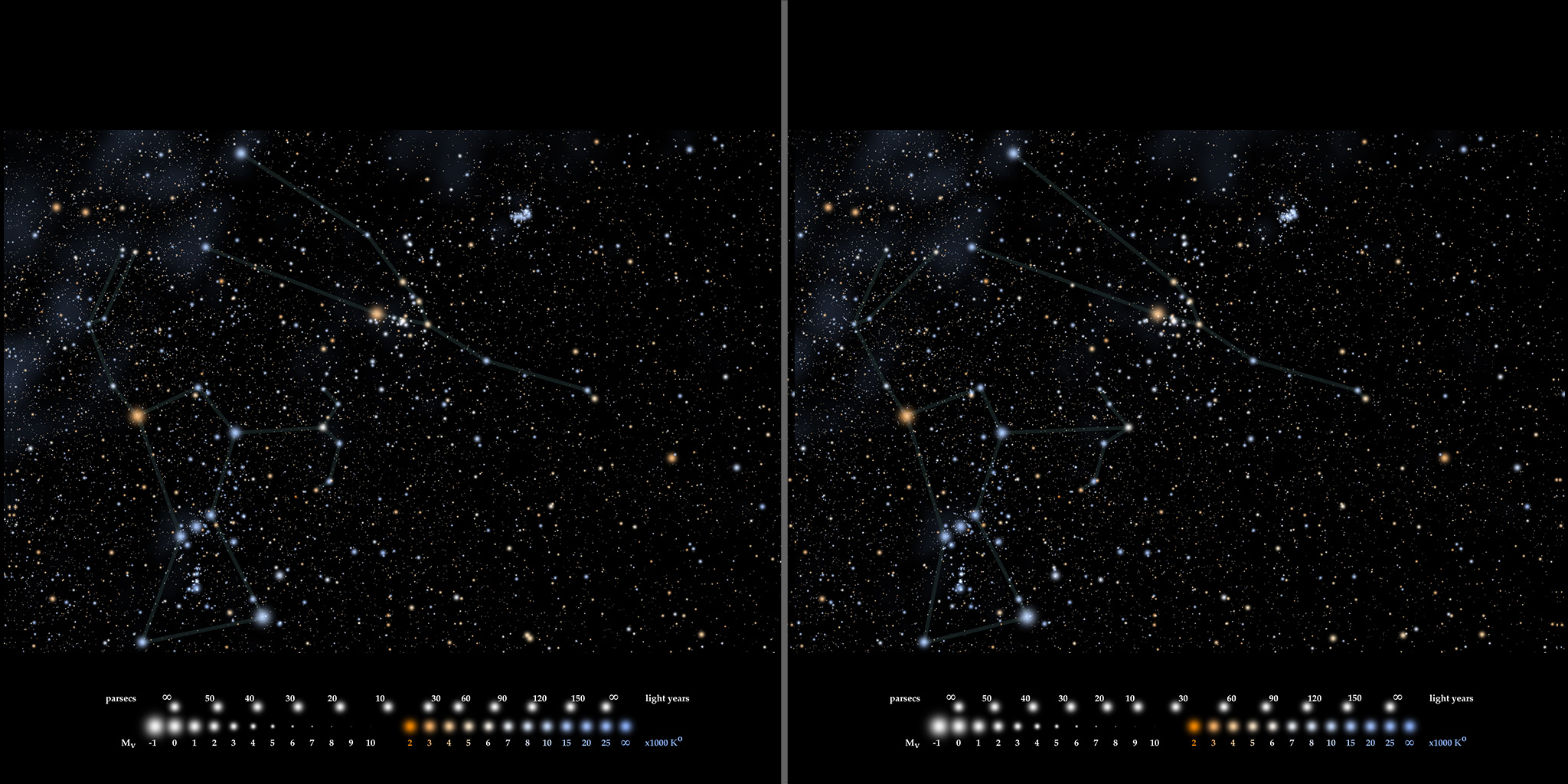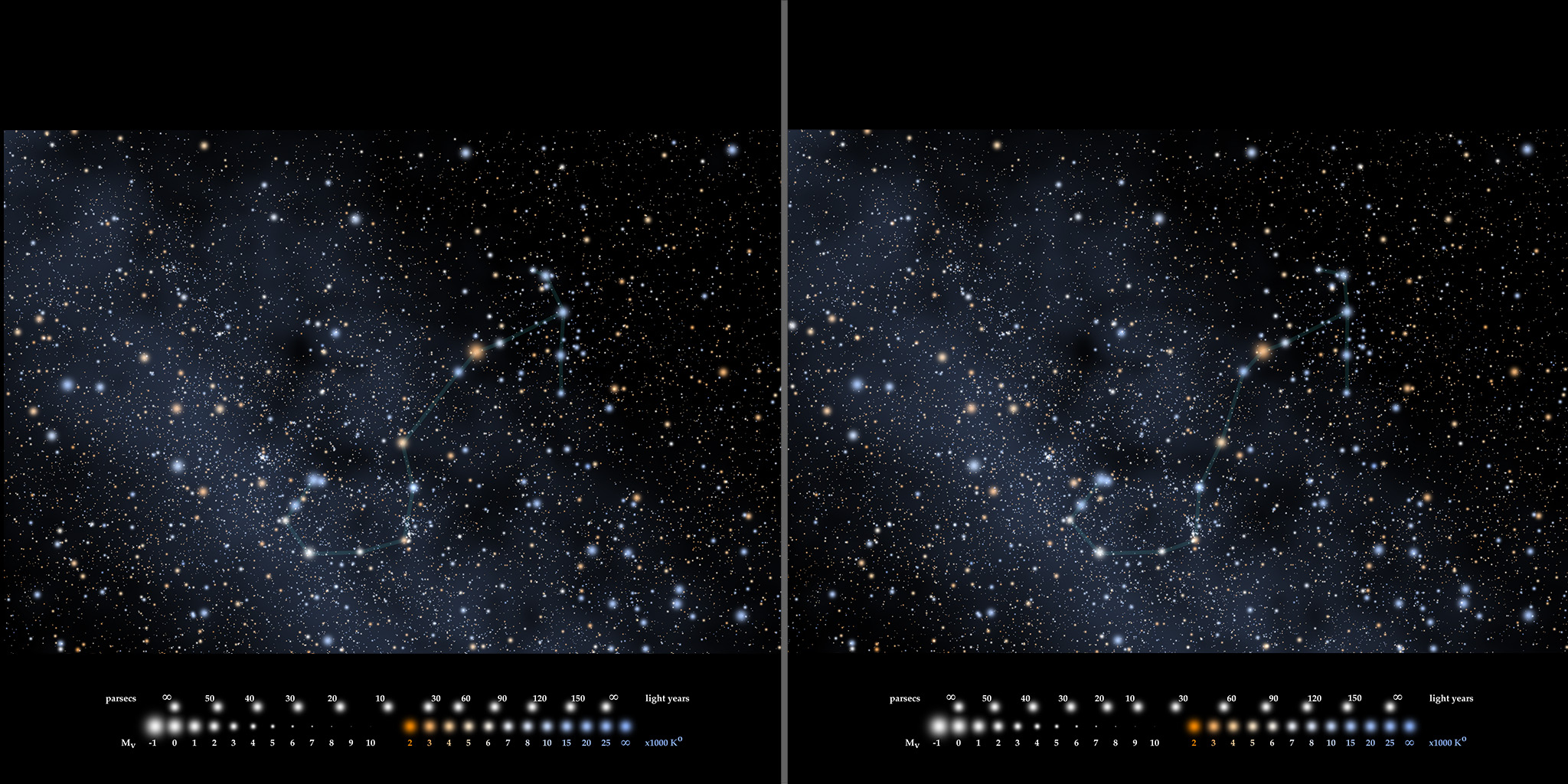[Originally drafted 2024-11-18]
The annoying thing about the twins paradox is that even though we can see that one of the twins did not remain in an inertial frame the whole time, it seems like a minor difference, one that shouldn’t matter. Just why is it that we can’t treat the outbound and inbound segments of Ben’s trip as just two sections of a single trip taken at the same velocity, and then invoke relativity to claim that it was Amelia traveling away and then back? At least that’s how it looked to Ben. He was in a non-inertial frame of reference for only a short time, which if he could withstand high enough acceleration could approach zero. Not much aging difference would have accrued during that brief transition.
The answer is that space is involved. The most helpful thought I’ve encountered is to consider that we are moving through spacetime at lightspeed. This means we are moving through time at lightspeed, but only when we are not moving through space. If we are moving through space, the motion through time has to slow down, because the combined velocity through both space and time cannot exceed c, the speed of light.
If you are not moving through space, your velocity through time is c. If you are moving through space at velocity c, then your motion through time is zero. The rules for the tradeoff are given by the equations of relativity which specify the time dilation as one moves at some velocity through space. It turns out that even as we move around in our daily activities on Earth, we are undergoing small time dilations. But they are so miniscule, that we never notice. When Ben makes a trip to the grocery store, he is a little bit younger than Amelia when he returns.
Continue reading

